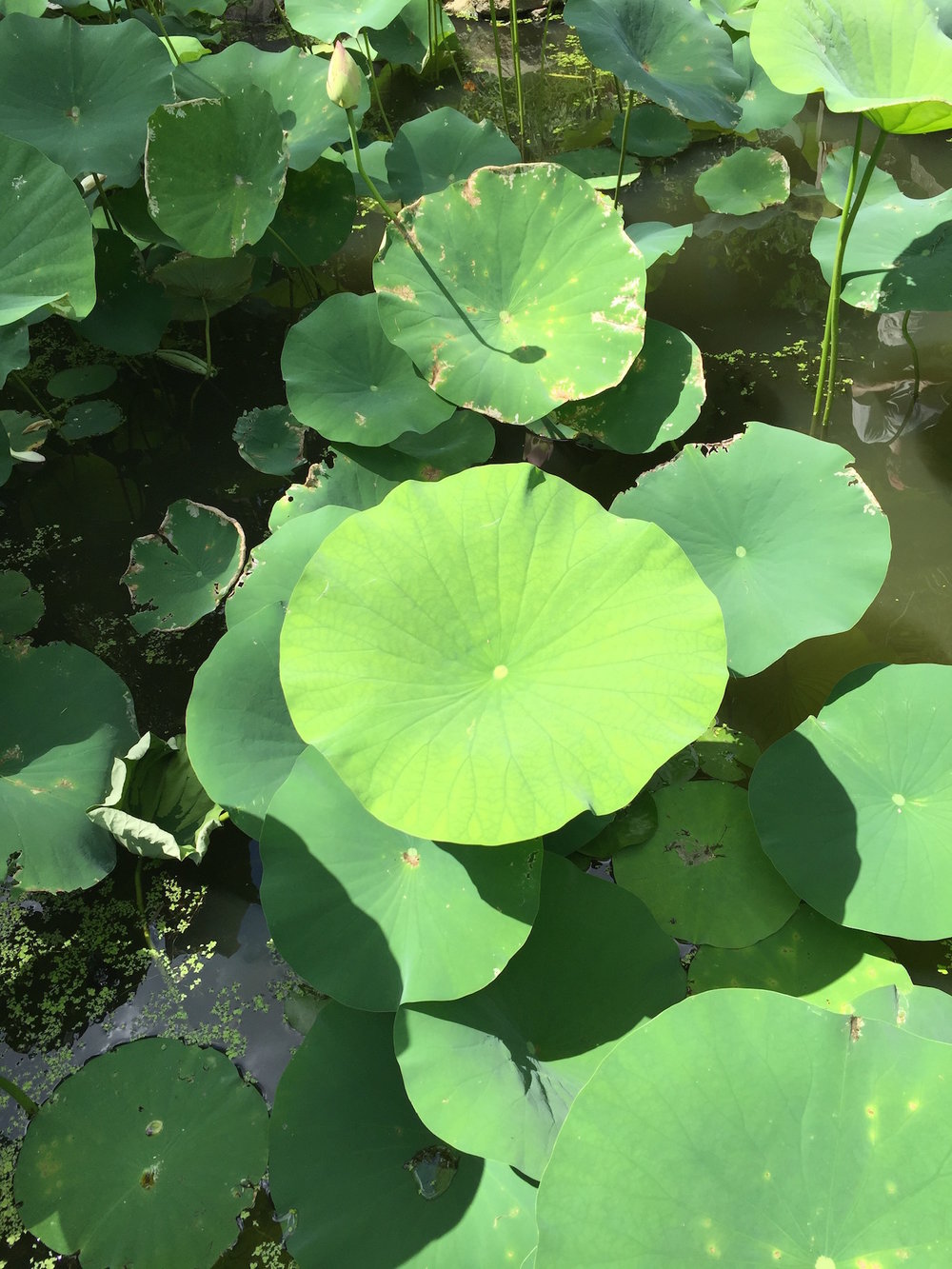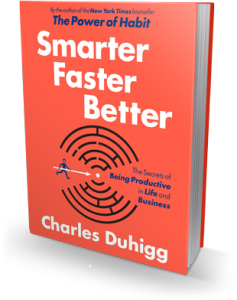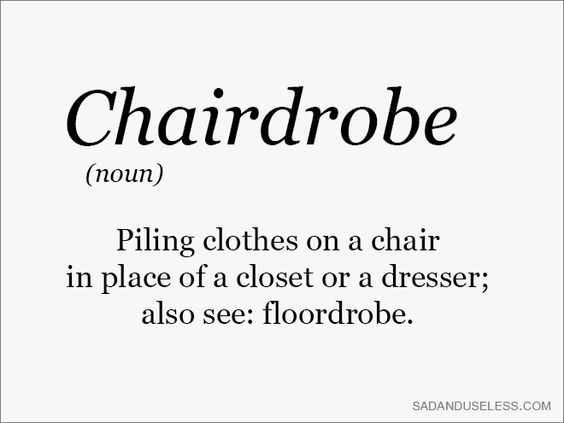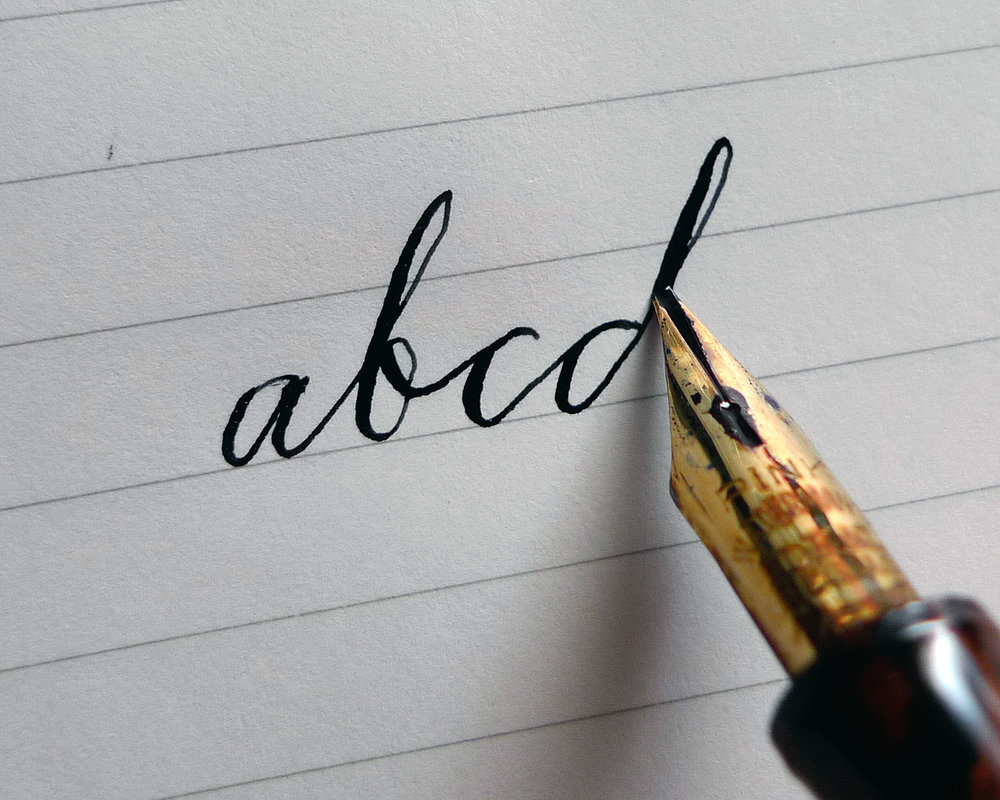 Have you ever lacked motivation and wondered how to activate? If so, you’re not alone. In fact, this is a normal part of the being human. Would you like to discover some wonderful strategies for getting motivated, especially when you’re in a slump? I was curious about the ways my colleagues’ handled their motivation challenges, so I reached out to this generous group – Sarah Soboleski, Diane Quintana, Jill Robson, Autumn Leopold, Ingrid Jansen, Deb Lee, and Seana Turner. I asked them,“What is the one thing you do to get motivated when you’re in a slump?” Their responses are personal, intelligent, and inspiring. My deepest gratitude goes to each of them for sharing their wisdom with us.
Have you ever lacked motivation and wondered how to activate? If so, you’re not alone. In fact, this is a normal part of the being human. Would you like to discover some wonderful strategies for getting motivated, especially when you’re in a slump? I was curious about the ways my colleagues’ handled their motivation challenges, so I reached out to this generous group – Sarah Soboleski, Diane Quintana, Jill Robson, Autumn Leopold, Ingrid Jansen, Deb Lee, and Seana Turner. I asked them,“What is the one thing you do to get motivated when you’re in a slump?” Their responses are personal, intelligent, and inspiring. My deepest gratitude goes to each of them for sharing their wisdom with us.
What is the one thing you do to get motivated when you’re in a slump? . . .
Motivation From Playing
“When I’m in a rut I think it’s helpful to play! I’m a mother to a 4-year-old little boy so it’s easy for me to take a break and connect with my playful side when I’m in a slump. I love reading a silly book, coloring a picture, or squishing some play-doh with him. These are all great ways to give my brain a rest, remember not to take things too seriously and get back to basics. When I tap into my inner child I see things through a different lens and am better able to refocus my efforts. Play jumpstarts my productivity!”
Sarah Soboleski, LCSW –Professional Organizer, Speaker & Blogger
Motivation From Envisioning
“When I need to get motivated to begin a project I start by envisioning the result. Then I make a master list of everything that must be done to bring this project to a successful conclusion. I take the time to create a timeline, scheduling steps to take into my calendar. Then I focus on the end result. Knowing that each small incremental step brings me closer to finishing my project helps keep me motivated.”
Diane N. Quintana – Certified Professional Organizer in Chronic Disorganization, Author & Speaker
Motivation From Doing Mundane Tasks
“I take a step back, sometimes a BIG step back when I am lacking motivation. Nothing is worse than trying to flog a dead horse; the ideas will not come no matter how much you will them to. I always get the best ideas and flow of inspiration when I am doing the mundane, things that are rote, procedures done by muscle memory allowing the inactive parts of your mind to reboot themselves.”
Jill Robson – Professional Home Organizer & Blogger
Motivation From Brainstorming
"When I'm in a slump I have to disconnect. I have to let go of whatever I have been working on and get out of my element. Whether that means take a few days off and work on a home project, or take a week off and go on an RV trip with my family. I love to brainstorm creative ideas with my peers! A brainstorming weekend in the mountains goes a long way for your soul! Sometimes switching around my normal routine can shake things up and as well."
Autumn Leopold – Professional Organizer & Blogger
Motivation From List Making
“The one thing I do to get into action is to start making a LIST of what needs to be done. People get in a slump because the task at hand seems too big or too hard to do. Creating a list and breaking up the project in small chunks helps me to get an overview of the task and also to decide what needs to be done first to make a start. Also getting some extra sleep helps to get more energy to tackle the project you have in mind!”
Ingrid Jansen – Professional Organizer
Motivation From Talking
“I talk to myself. Yes, this is a real conversation about how AMAZING I will feel when I follow through on a goal or habit. That feeling is ridiculously wonderful and gives me a huge boost. So, the short, but serious talks with myself work like a charm. I sometimes experience the real feeling of just by visualizing.”
Deb Lee, CPO® – Digital Business Coach, Productivity Consultant, Speaker & Appaholic
Motivation From Disconnecting
“Motivation frequently comes in spurts. Sometimes it appears as a gift, while other times it burrows like hidden treasure. For me, the best solution to a slump is to disconnect completely from the pressure to perform. This can be as simple as taking a day off to sit on the beach, or as significant as suspending an activity for a month to work on something else. Redirecting my focus awakens my brain to a new challenge while replenishing those parts of my mind and spirit that have run dry.”
Seana Turner – Professional Organizer, Blogger & Speaker
Getting motivated, especially when you’re in a slump is possible. With the creative ideas that my colleagues shared, you now have some new strategies to experiment with. Whether you choose to play, disconnect, brainstorm or make lists, renewed motivation is possible for you. For me, when my motivation has waned, I will often force myself to get going anyway. If that doesn’t work, I’ll give myself a self-care break. That can include getting some fresh air, taking a walk by the river, running an errand, having a snack break, or getting some sleep and restarting the next day.
Which ideas resonate with you? How do you get motivated when you’re in a slump? I’d love to hear your thoughts. Come join the conversation!
















